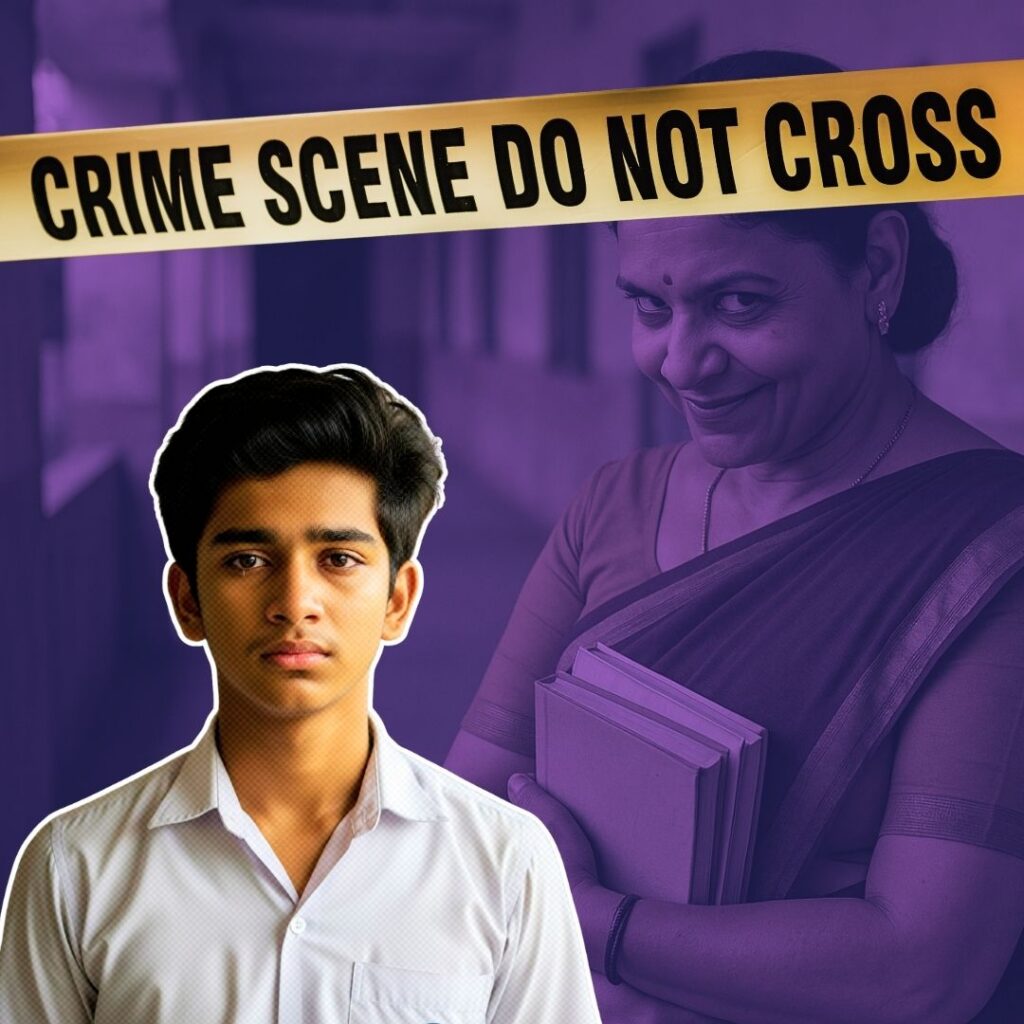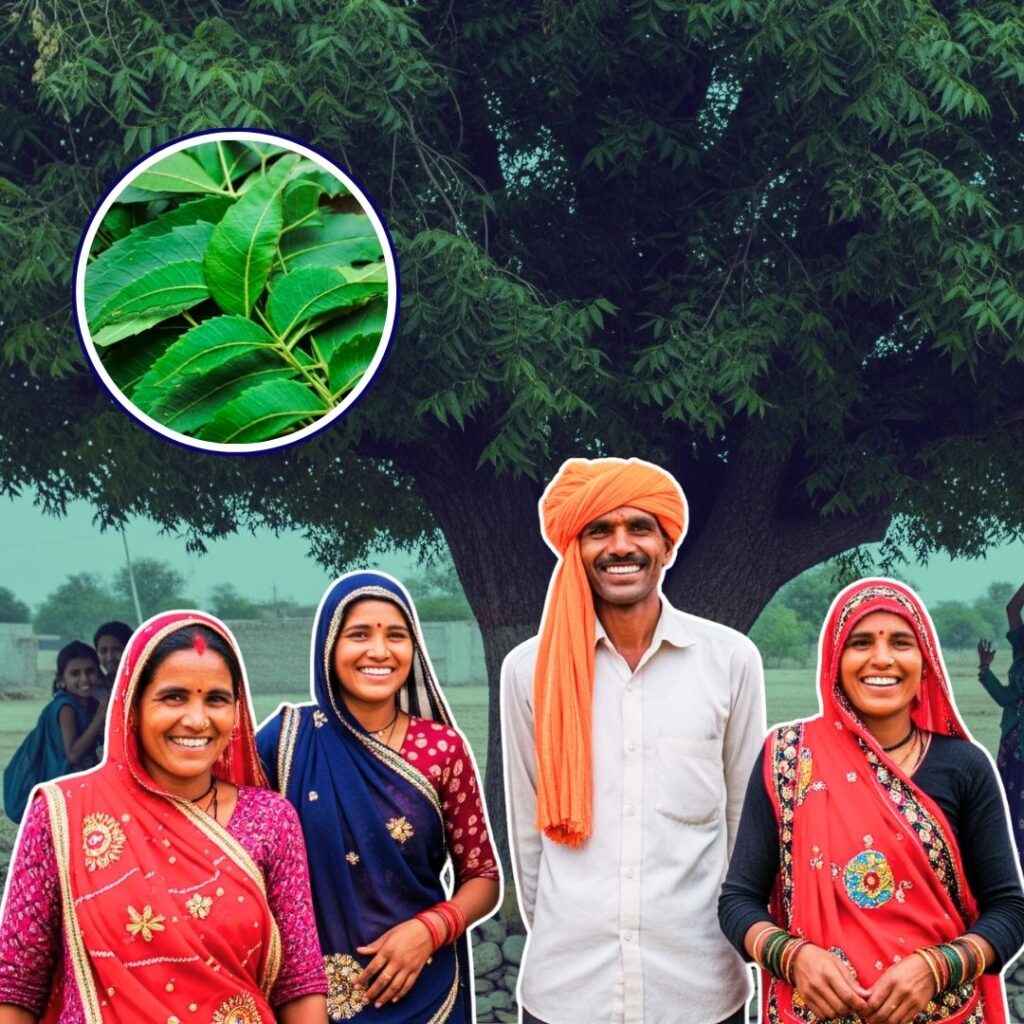Not many people would be able to answer this question correctly: which state has the most drought-affects districts in India after Rajasthan, Maharashtra, Uttar Pradesh, Bihar?
None of these. It’s Karnataka.
The pity is that Karnataka has remained drought-prone for decades despite having over two dozen east and west flowing rivers, which empty most of their waters in the neighbouring states or the seas.
With the state now reeling under its worst drought in four decades, Chief Minister Siddaramaiah led an all party delegation to meet Prime Minister Narendra Modi in Delhi last week, with a begging bowl.
He was repeating what SM Krishna had done 15 years ago in 2001, when the state was suffering the third consecutive years of severe drought. Atal Bihari Vajpayee was the prime minister then.
The only difference between the two “missions�? to New Delhi was in the scale of financial relief sought. The assistance sought from the Centre has reached such obscene proportions over these years, it’s difficult to explain with any rational argument.
While the Krishna regime had asked for Rs 904 crore for drought relief, and received Rs 29.36 crore from the Calamity Relief Fund as the first instalment, Siddaramaiah presented a memorandum requesting over Rs 12,000 crore in central aid.
The latter needs some elaboration. In his 40-page memorandum, the chief minister claimed that 27 of Karnataka‘s 30 districts were facing drought or drought-like conditions, which had caused crop losses of about Rs 15,636 crore. He also wanted money to help provide drinking water through tankers, arrange water and fodder for the cattle, and provide employment to people affected by the drought.
Just as he had done with Uttar Pradesh Chief Minister Akhilesh Yadav, who had sought Rs 10,000 crore, Modi, along with his senior officials, listened to Siddaramaiah’s delegation for nearly 90 minutes, and promised help.
Considering that drought has become a recurring phenomenon in India, the Centre has already established the National Disaster Relief Fund to provide relief expeditiously. So, by the time Siddaramaiah met Modi, the Centre had already sanctioned Rs 1,540 crore relief for the kharif season and another Rs 723 crore for the rabi season.
Much of the blame, therefore, lies with the state government. Although ominous signs of a second consecutive drought were visible as early as September, Siddaramaiah’s regime failed to adequately prepare for it. And even as crops withered, water sources dried up and daily labourers began to migrate in search of work, the state machinery remained comatose until as late as April.
It was only after the newly-appointed state BJP president BS Yeddyurappa announced he would start touring drought-affected areas that Siddaramaiah woke from his slumber and hit the road. He constituted four sub-committees of ministers for four revenue divisions to supervise urgent relief works.
Then, as complaints of officials’ apathy poured in, Siddaramaiah suspended scores of tehsildars who had been found to be lax in discharging their duties. At the same time, the government tried to offer work, and food, to people through the MGNREGA wherever possible.
Of Karnataka’s 176 taluks, 136 taluks have been declared drought-hit. With most reservoirs, wells and lakes running dry, providing drinking water to the people and cattle became a major challenge. Irrigation canals were closed to save water for people and livestock. Most gram panchayats, especially in the worst-hit northern Karnataka, were struggling to supply 10-15 pots, or about 150 litres, of water to parched regions through tankers once in three days.
Not many people would be able to answer this question correctly: which state has the most drought-affects districts in India after Rajasthan? Maharashtra, Uttar Pradesh, Bihar?
None of these. It’s Karnataka.
The pity is that Karnataka has remained drought-prone for decades despite having over two dozen east and west flowing rivers, which empty most of their waters in the neighbouring states or the seas.
With the state now reeling under its worst drought in four decades, Chief Minister Siddaramaiah led an all party delegation to meet Prime Minister Narendra Modi in Delhi last week, with a begging bowl.
He was repeating what SM Krishna had done 15 years ago in 2001, when the state was suffering the third consecutive years of severe drought. Atal Bihari Vajpayee was the prime minister then.
The only difference between the two “missions�? to New Delhi was in the scale of financial relief sought. The assistance sought from the Centre has reached such obscene proportions over these years, it’s difficult to explain with any rational argument.
While the Krishna regime had asked for Rs 904 crore for drought relief, and received Rs 29.36 crore from the Calamity Relief Fund as the first instalment, Siddaramaiah presented a memorandum requesting over Rs 12,000 crore in central aid.
The latter needs some elaboration. In his…











